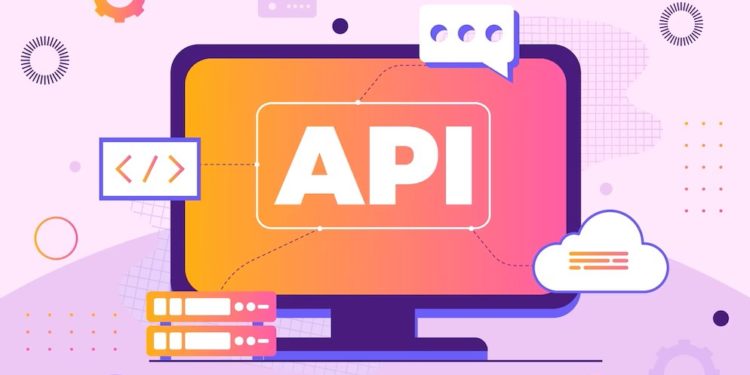In today’s interconnected global economy, access to accurate and up-to-date foreign exchange rate data is crucial for businesses, financial institutions, and individuals conducting cross-border transactions. Currency exchange APIs provide an efficient way to obtain real-time exchange rates for a wide range of currencies, enabling users to make informed decisions and streamline their financial operations.
Introduction to Exchange Rate APIs
Exchange rate APIs are tools that provide developers with real-time access to currency conversion rates for a wide range of currencies. These APIs offer a way to integrate forex rates into various applications, enabling users to convert currencies accurately and efficiently. With support for 161 currencies used in 200 countries, exchange rate API solutions cover a vast majority of the world’s monetary systems.
One of the key advantages of using currency exchange APIs is the ease of integration. These APIs typically provide JSON responses, which can be easily parsed and incorporated into existing software systems. To ensure accuracy and reliability, exchange rate APIs often rely on multiple data sources, aggregating data from various trusted providers to deliver stable and accurate currency conversion rates.
Exchange rate APIs are designed with developers in mind, offering comprehensive documentation, high uptime, and responsive customer support. This ensures that developers have access to reliable data and assistance when needed.
The versatility of exchange rate data obtained through APIs makes it suitable for a wide range of applications, including:
- E-commerce platforms that require real-time currency conversions for international transactions
- Financial software and trading platforms that need accurate forex rates for analysis and decision-making
- Travel and hospitality websites that display prices in multiple currencies for global users
- Accounting and invoicing systems that handle multi-currency transactions
- Internal dashboards and reporting tools that consolidate financial data from various regions
How Currency Exchange APIs Work
Currency exchange API integration involves making HTTP requests to the API endpoints using the programming language of your choice. To access the API, you’ll need to sign up for the service and obtain a unique API key for authentication.
When making API requests, you’ll typically specify the base currency and the target currencies you want to retrieve exchange rates for. The API will then respond with the requested data in JSON format, including information such as:
- A timestamp indicating when the exchange rates were last updated
- The base currency used for the exchange rates
- A rates object containing currency pairs and their corresponding exchange rates relative to the base currency
Behind the scenes, exchange rate APIs collect data from multiple reliable sources, including central banks and commercial data providers. The API’s algorithms then blend these datasets to calculate accurate and up-to-date exchange rates while minimizing the impact of outliers and ensuring data consistency. Real-time forex rates are essential for businesses and individuals engaging in international transactions. Tech innovations continue to shape the landscape of financial services and currency exchange.
Conclusion
Currency exchange APIs have become an important tool for businesses, developers, and financial institutions in today’s global economy. By providing accurate, real-time exchange rate data, these APIs enable seamless cross-border transactions and facilitate informed decision-making in international finance. As businesses continue to expand their reach across borders, the demand for reliable exchange rates will likely continue to grow, making exchange rate APIs an increasingly important part of shaping the future of global finance.











































































